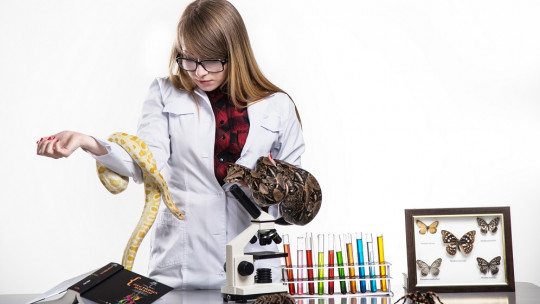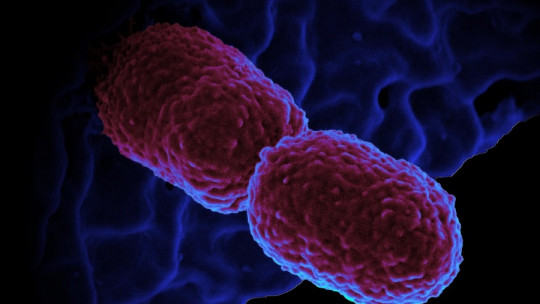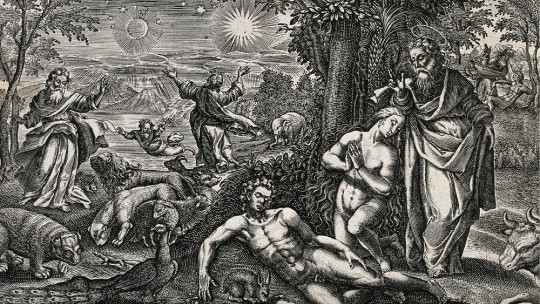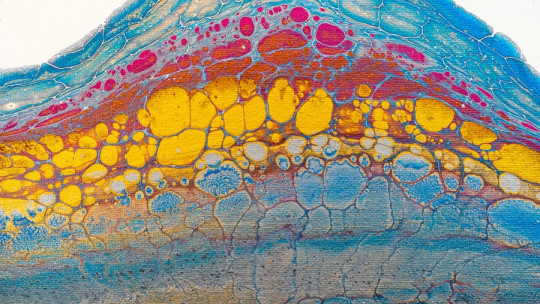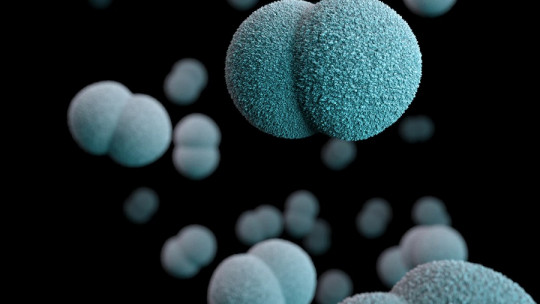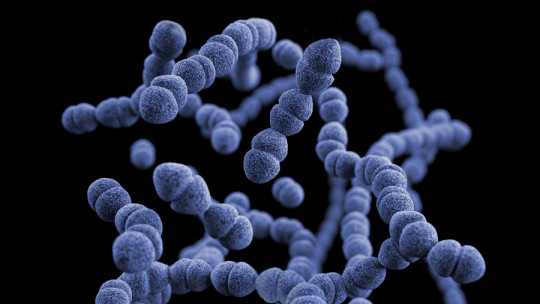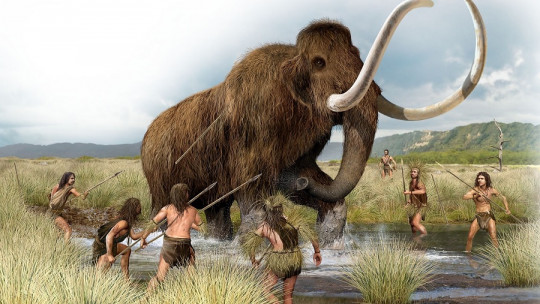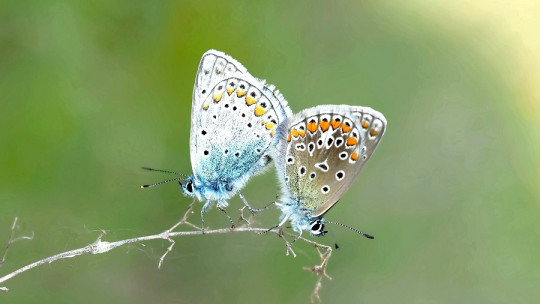
Defining what a living being is is something complex, a topic of extensive debate that science today is not too sure if it is clear about or not.
Since we only know life forms on Earth, the features that we consider are those that delimit what is alive from what is not are not extrapolated to the rest of the universe, but they are the best we have for now.
Next we will discover what they are the 6 main characteristics of living beings
The 6 characteristics of living beings (explained and summarized)
What is life? This question has a complex answer, since looking for definitions of life is as complicated as trying to find where exactly the human soul is located. It is not possible to give a simple definition of what life is without resorting to arbitrariness, debates and discussions.
However, although it incurs a certain subjectivity, not establishing a limit between what is considered alive and what is not can make us make the mistake of thinking that either everything is alive or nothing is.
It is difficult to define with words what is alive, but it seems that our common sense finds it a very simple task to identify it. For example, when we walk down the street and see a stray cat, a tree, a dog walking with its owner or even a cockroach, we know that all of them are living beings, biological organisms that harbor what we call life. On the other hand, the stones on the road, the clouds in the sky, a car on the road or a streetlight, we know very well that they are not alive.
Everything we know that is alive comes from our planet, something that makes it impossible for us to generalize it to the rest of what may be in the Universe Until we meet an extraterrestrial civilization, the current definition of what is alive can only be based on our small terrestrial experience. For now, living beings are considered to be those that bring together a set of characteristics, which distinguish them from inanimate objects and which we will see in depth below.
1. Organization and complexity
According to cell theory, which is one of the unifying concepts of biology, the structural unit of all organisms is the cell. In themselves, cells have a specific organization; they all have particular sizes and shapes but are generic enough to facilitate their recognition.
There are organisms that are made up of a single cell called unicellular, while others are more complex, made up of several cells and are called multicellular. In multicellular organisms, the cells that compose them work in a coordinated manner and are organized into complex structures such as tissues, organs and systems.
Living beings show a high degree of organization and complexity. Life is structured into different levels of organization, where each of them is based on the previous level and constitutes the foundation of the next level. For example, in multicellular organisms we have tissues, subdivided into cells which, in turn, are subdivided into organelles.
2. Growth and development
All living organisms grow at some point in their life cycle. When we talk about growth in a biological sense we refer to the increase in cell size, cell number, or both. Even the smallest organisms, such as bacteria, grow by doubling in size before dividing again.
Growth is a phenomenon that can vary greatly from species to species There are organisms, like many trees, in which growth occurs throughout life, while in others it is restricted to a certain stage or until a certain height has been reached, as is the case with human beings.
Development includes any change that occurs during the life of an organism since it was conceived In the case of the human species, we can say that this process begins once the egg has been fertilized, following the different phases of embryonic development.
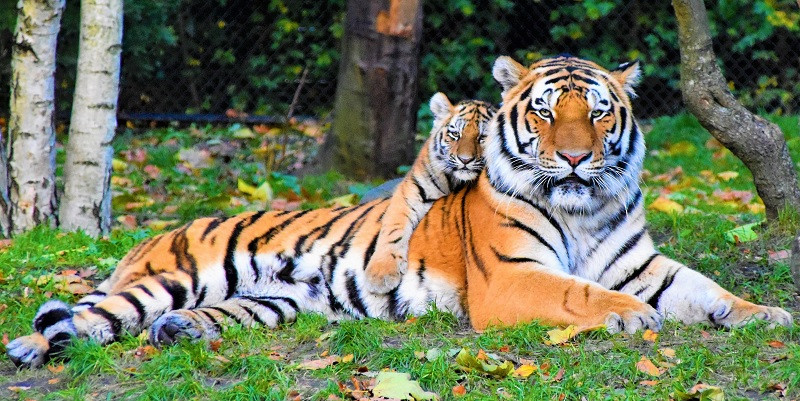
3. Homeostasis
In the universe, there is a natural tendency to lose order called entropy. Organized and complex living structures are victims of this trend, which is why to stay alive and function properly, Organisms must maintain the constancy of the internal environment of their organism This process is homeostasis.
There are several conditions in the body that need to be regulated. Among them we have body temperature, pH, concentration of electrolytes, water content… Maintaining the body is a very expensive process, which is why Much of the energy that a living being obtains from its environment is used to maintain its internal environment within homeostatic limits
4. Irritability
When we talk about irritability as one of the characteristics of living beings, we mean that life is capable of detecting and responding to the stimuli it receives These stimuli are physical and chemical changes, both from the external and internal environment. Among these stimuli we can find:
In unicellular organisms, they are composed of a single cell that performs all vital functions, it is the entire individual that responds to the stimulus. On the other hand, in more complex organisms there are cells that are responsible for detecting certain stimuli.
For example, human beings detect light through specialized cells that we have in our ocular retina, called cones (they detect colors) and rods (they detect light intensity).
5. Metabolism
To maintain their high degree of complexity, organization, growth and reproduction, organisms need materials from the external environment and transform them into others that can serve them. All the chemical reactions that occur in the cells of living beings and that allow their growth, conservation and repair are called metabolism.
On the one hand we have anabolism, the process by which simpler substances are transformed into more complex ones, synthesizing new substances by expending energy. An example of this is the synthesis of carbohydrates, lipids and proteins that, in turn, help form cells and tissues and that they are responsible for growth.
On the other hand, we have catabolism, which is the process in which complex substances are broken down into simpler ones, degrading substances and obtaining energy. An example of a catabolic process is digestion, in which food is broken down into simpler compounds such as sugars, amino acids and fatty acids.
- Related article: “Basal metabolism: what it is, how it is measured and why it allows us to survive”
6. Playback
One of the main premises in biology is that every cell comes from another, so there must be some type of reproduction that brought it into the world. There are two types of reproduction: asexual and sexual.
Asexual reproduction is that which takes place without the participation of gametes or reproductive cells This type of reproduction is typical of simpler organisms, such as bacteria or protozoans, however it is true that there are animal and plant species that carry it out.
From animals with asexual reproduction we have jellyfish, anemones, snails and starfish, and from plants with this type of reproduction we find tulips, dandelions, onions and gladioli. The methods used by organisms with asexual reproduction are many, among which we can find parthenogenesis, stolons, grafts, cuttings, budding, spores…
Sexual reproduction is that which occurs with the participation of gametes, one female and one male When these cells combine, they produce a fertilized egg or zygote, which as time passes and the ideal conditions are met will become a new living organism.
Sexual reproduction is what occurs in the human species, in which the female egg is fertilized with a male sperm that gives rise to a zygote that, about nine months later, will be a baby. It is a type of reproduction that we find in most mammals, birds, fish and also in plants such as cacti, dahlias or violets.
Sexual reproduction has the advantage that it contributes to trait variation within a species, a fact that Charles Darwin and Alfred Wallace already recognized with their studies of biological inheritance.
Most living beings use a molecule called DNA or deoxyribonucleic acid, which is the physical support for the hereditary information they contain. There are entities, whose classification as living beings is debatable, that make use of other types of molecules, as is the case of retroviruses that use RNA or ribonucleic acid as physical support for their hereditary information.
- You may be interested: “The 8 types of reproduction and their characteristics”
Reproduction and evolution: fundamental characteristics for life
In most debates about where to draw the line between what is alive and what is not, The ability to reproduce autonomously is considered the essential characteristic to establish that something is a living being A possible definition for life is anything that is capable of reproducing by some mechanism and responds to evolutionary pressure.
The genetic characteristics of a single organism are the same throughout its life as an individual, but the genetic composition of the species changes throughout its existence thanks to processes of recombination and mutations. These phenomena contribute to genetic variability, causing the species to change over generations and, therefore, constantly evolving.
What most determines the survival of a species as a whole is natural selection. Individuals that have favorable characteristics to survive in the environment in which they live are more likely to reach reproductive age, have offspring, and pass their genes on to the next generation. Instead, Organisms that have maladaptive traits are less likely to survive and reproduce which causes their genetic load to reduce from generation to generation.
Based on this, it can be seen that the fundamental pillars for a species to stay alive are reproduction and evolution, as long as it involves the ability to adapt to the demands of the environment. Any species, eukaryotic or prokaryotic, animal or plant, unicellular or multicellular, will be considered a form of life if it is capable of reproducing on its own and responding to the demands of the environment.
- Related article: “Richard Dawkins: biography and contributions of this British popularizer”
Are viruses living beings?
In principle, viruses are not considered to be living beings. Among the main counterarguments to those who did consider them as organisms we have that they are not cells and, therefore, they cannot fulfill all the vital functions that we have talked about previously: organization and complexity, growth and development, metabolism, homeostasis, irritability and reproduction and adaptation.
Viruses cannot be included in the phylogenetic tree of life: they do not contain ribosomes, they lack a nucleic acid, they have no fossil record and there is not a single gene shared between the majority of viral groups, since they are newly synthesized since most of their genes are mixed with those of the organisms cells that they parasitize and, therefore, the viral particles do not have a common ancestor, which makes them a polyphletic group, having several origins.
But despite this, various arguments have continued to be put forward to defend that viruses are alive. One of them is that they are complex entities that are capable of multiplying, containing genes and evolving, as is the case with the COVID-19 variants. However, it is considered that these same arguments can be easily refuted if viral behavior is observed and evolutionary data is taken into account.
For some researchers, viruses resemble mobile genetic elements such as plasmids, transposons, viroids and prions, subviral agents that are not considered living beings. Furthermore, viruses cannot be considered complex entities because they lack cell membranes, chromosomes, ribosomes and organelles, but are rather inert particles composed of some type of nucleic acid and proteins.
Particles identical to viruses but without genome have been found functioning as organelles of bacteria and archaea, such as bacterial microcompartments, an organelle of unicellular organisms that performs metabolic and nutritional functions. “Free” viruses, once they enter the cell they invade, disintegrate completely, dividing into nucleic acids and proteins that will begin to be passed through the host’s molecular synthesis process, replicating.
It is for this reason that viruses replicate, a more correct term than saying that they “reproduce.” They are replicated in part by the host’s polymerases, ribosomes and messenger RNA, but not by its own means or because it does so voluntarily. This process has been called the virion factory, referring to the fact that viruses are manufactured by the cellular machinery. In fact, viruses can only multiply and evolve in cells. Without them, they are completely inanimate organic matter.

